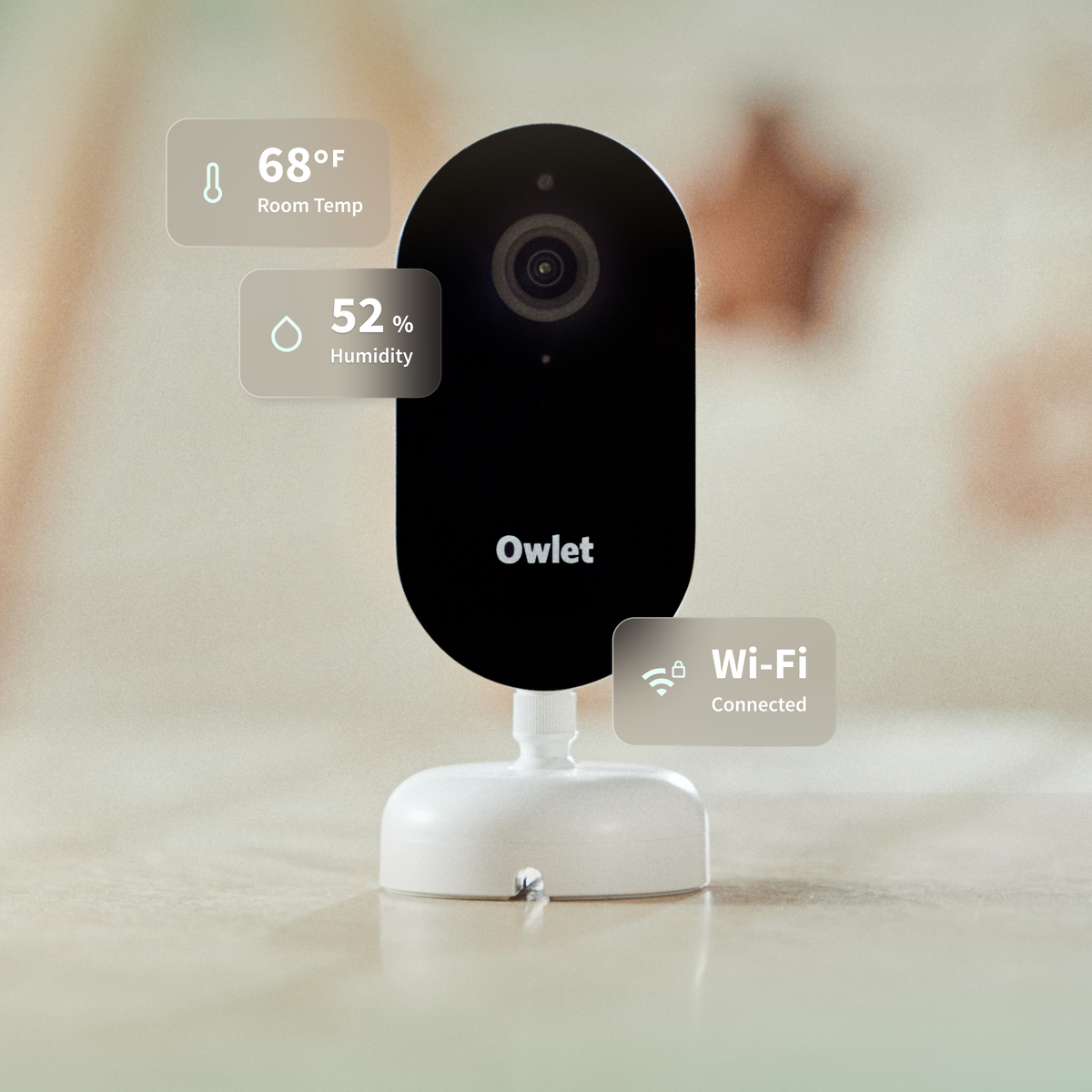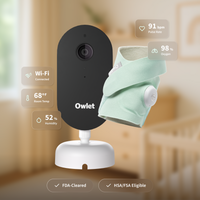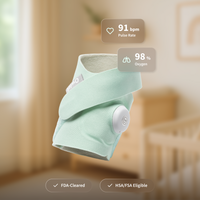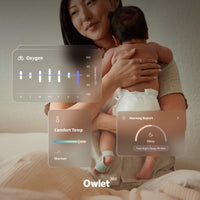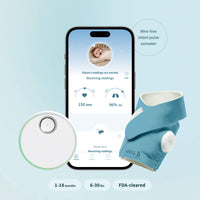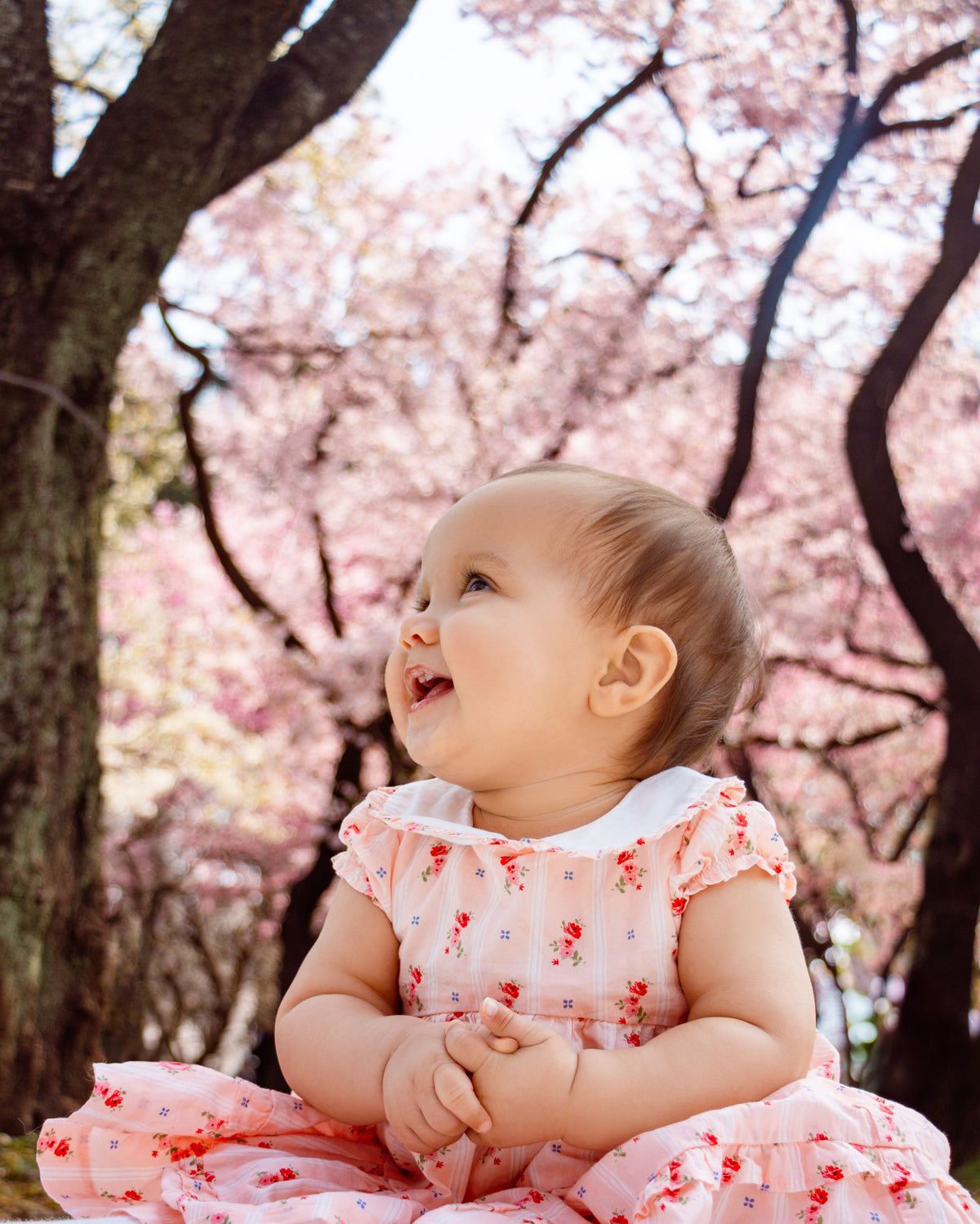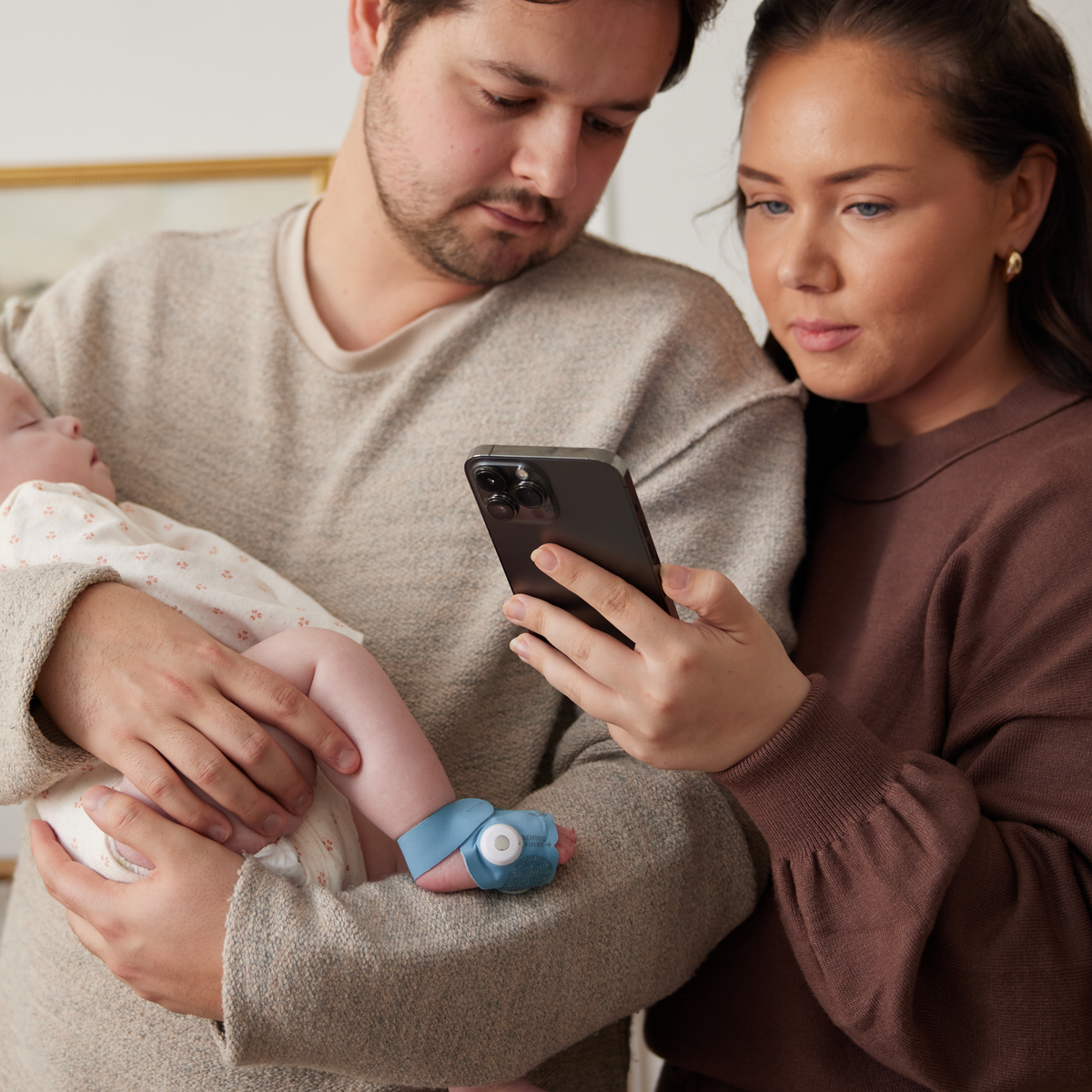Every parent wants their baby to sleep safely, but between late-night Googling, well-meaning advice from family and friends, and all the conflicting opinions out there, it can feel overwhelming. The good news? Safe sleep doesn’t have to be complicated. A few simple, proven practices can significantly reduce the risk of Sudden Infant Death Syndrome (SIDS) and other sleep-related dangers.
That’s why we put together this easy-to-follow checklist—based on recommendations from the American Academy of Pediatrics (AAP)—so you can confidently create the safest possible sleep environment for your little one.
Quick Reference: Safe Sleep Practices
- Back to Sleep: Always place your baby on their back for every sleep.
- Clear Crib: No bumpers, pillows, blankets, toys, or loose bedding.
- Firm & Flat Surface: Use a firm, flat mattress with a fitted sheet only—no pillows, blankets, or toys.
- Room-Share Without Bed-Sharing: Baby should sleep in your room, but on their own separate sleep surface.
- Comfortable Temperature: Maintain baby's room between 68–72°F (20–22°C) and dress your baby appropriately to avoid overheating.
- Track Sleep Position: Rolling is a major milestone, and with it comes uncertainty—Owlet360™ provides a clear view of your baby’s sleep position, helping you feel confident as they grow
Because knowing what’s happening while they sleep helps you rest easier, too. Start your free 7-day trial of Owlet360 in the Owlet Dream App: Download on the App Store or Get it on Google Play
Safe Sleep Checklist for Babies 0-12 Months Old
1. Back Sleeping is Safest
The AAP emphasizes placing babies on their backs for every sleep session—naps and nighttime. Back sleeping significantly reduces the risk of SIDS. Once your baby independently rolls from back to stomach and stomach to back (typically around 4–6 months), it's okay if they choose their own position, but always start them on their back.
2. Clear the Crib
Avoid placing anything in your baby's crib except a fitted sheet. Remove all bumpers, pillows, blankets, toys, stuffed animals, and loose bedding. These items pose suffocation risks. Cribs should never have drop-down sides.
3. Firm & Flat Sleep Surface
Your baby's mattress should be firm, flat, and specifically designed for infant sleep (i.e., crib or bassinet). Never use soft surfaces like couches, adult beds, loungers, or inclined sleepers. The mattress should fit snugly without gaps, and the crib slats should be no more than 2 ⅜ inches apart. As your baby grows, adjust the mattress height and keep the sleep surface at least 3 feet away from furniture, windows, and cords.
4. Room-Sharing Without Bed-Sharing
The AAP recommends keeping your baby's sleep area in your room for at least the first six months (ideally one year). Bed-sharing is not recommended due to increased risk of accidental suffocation.
5. Comfortable Room Temperature & Environment
Keep the room temperature between 68–72°F (20–22°C) for your baby's comfort. Dress your baby in breathable layers to prevent overheating. Remove hats when your baby sleeps indoors, and ensure the room is well-ventilated with fresh air and always smoke-free.
6. Swaddle Safely
If swaddling:
- Keep it snug around the chest but loose around hips.
- Stop swaddling at first signs of rolling (around 2–4 months).
7. Pacifier Safety
Pacifiers can reduce SIDS risk when used properly:
- Offer a pacifier at nap time and bedtime once breastfeeding is established.
- Only use pacifiers specifically made for babies—never substitute with teethers, toys, or your own finger.
- Never attach pacifiers with strings or clips during sleep.
8. Safe Sleepwear
Dress your baby in comfortable clothing that's snug at wrists and ankles without strings or ribbons that could pose hazards. Choose breathable fabrics appropriate for room temperature.
9. Bassinet Safety
If using a bassinet:
- Only use the mattress provided by the manufacturer.
- Transition away from bassinet when baby reaches weight/height limits or shows signs of rolling or sitting up independently.
10. Sleeping Outside the Crib
- If baby falls asleep in a car seat, stroller, swing, or carrier:
- Move them to a flat firm surface as soon as possible.
- Never leave babies unattended in these devices outside of their intended use.
- If holding baby for sleep, caregiver must remain awake at all times.
- For car seats specifically:
- Ensure proper installation in the vehicle and proper buckling of the baby.
- Never swaddle your baby when they're in a car seat, and avoid adding extra padding or positioners.
- When you're outside of the vehicle, make sure your baby is buckled in securely with their face visible. You can place the car seat in a stroller or the upper part of a shopping cart, but be sure to remove your baby from the car seat when you reach your destination.
11. Consistent Bedtime Routine
Establishing a consistent bedtime routine helps babies sleep better:
- Create a relaxing environment without too much stimulation.
- Keep routines consistent from night to night.
- Use this special time to bond through reading books, singing lullabies, or cozy snuggles.
Why Sleep Position Matters—and How Owlet360 Can Help
The AAP's #1 safe sleep recommendation is "Back to Sleep." Sleeping on the back dramatically reduces SIDS risk—but what happens when your little one starts rolling independently?
This is where advanced monitoring technology makes all the difference:
Owlet360™ now includes Sleep Position Tracking, giving you a clear summary of whether your baby slept on their back, tummy, or side—so you can stay informed, spot patterns, and feel more confident as they grow. Built upon Owlet’s FDA-cleared technology and informed by data gathered from over 1.7 million babies monitored worldwide, Owlet360 provides:
- Sleep position insights to help you understand how your baby sleeps.
- Actionable guidance so you can rest easier and with more confidence.
- Peace of mind knowing we've got you covered.
Discover why parents trust Owlet for safer, more restful nights. Our new Sleep Position feature is available for free with a 7-day trial of Owlet360 in the Owlet Dream App: Download on the App Store or Get it on Google Play
For more information about safe infant sleep practices, visit the AAP’s Safe Sleep website here.
*Disclaimer: Please follow the advice of your doctor and stay up to date with recommendations from the American Academy of Pediatrics. The content provided on this blog is intended for informational and educational purposes only. It is not a substitute for professional medical advice, diagnosis, or treatment. Always seek the advice of a qualified healthcare provider with any questions you may have and to learn more about your child's specific needs.
